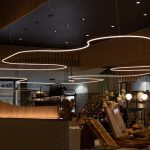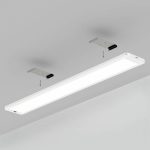Why LED Light Strips Stop Working: Common Causes and Troubleshooting Tips
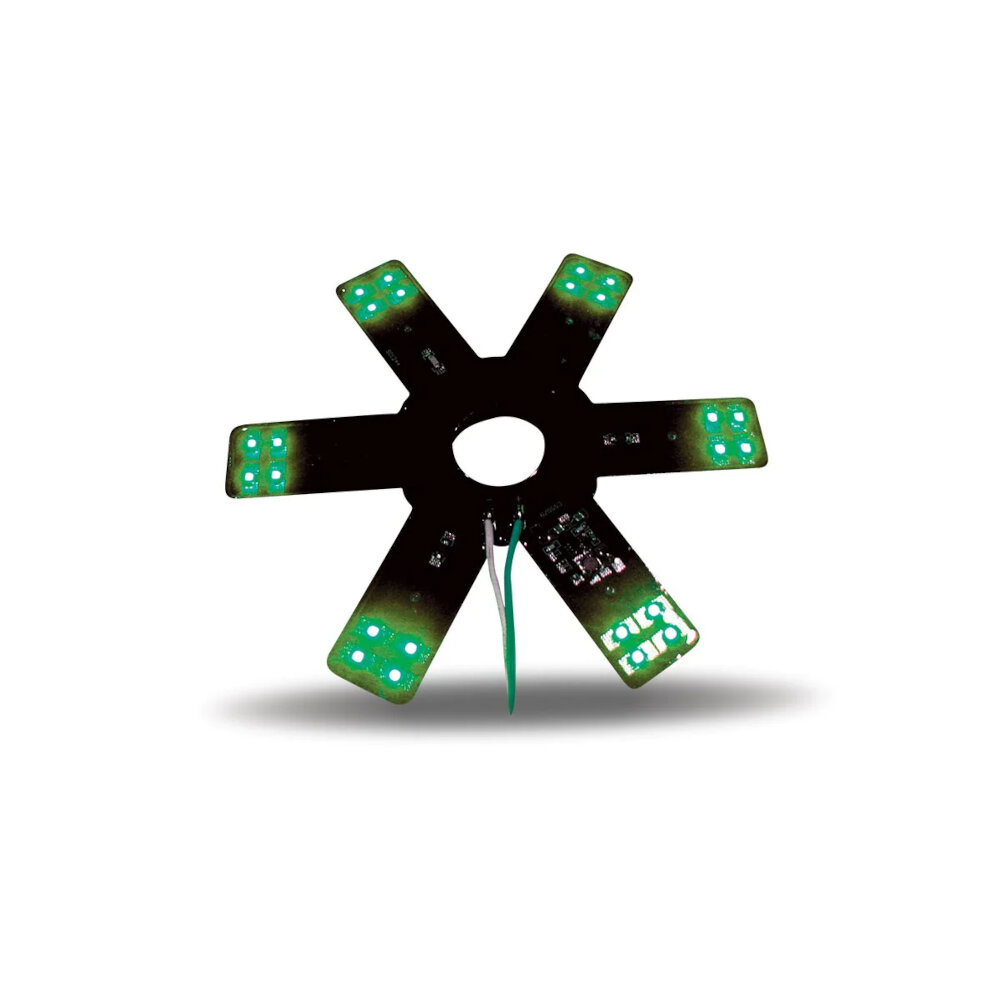
LED light strips have become increasingly popular in recent years due to their energy efficiency, versatility, and aesthetic appeal. However, like any other electronic device, LED light strips are prone to malfunctioning and ultimately stopping working. When this happens, it can cause frustration and inconvenience, especially if the LED light strip is used for important tasks such as lighting a workspace, kitchen, or bedroom. Understanding the common causes of LED light strip failure and knowing how to troubleshoot the problem can save you time, money, and headaches. In this article, we will explore the most common reasons why LED light strips stop working, including power supply issues, poor installation, and damage to the LED strip itself. Additionally, we will provide useful troubleshooting tips to help you identify and fix the problem with minimal effort and cost.
Common Causes of LED Light Strip Failure
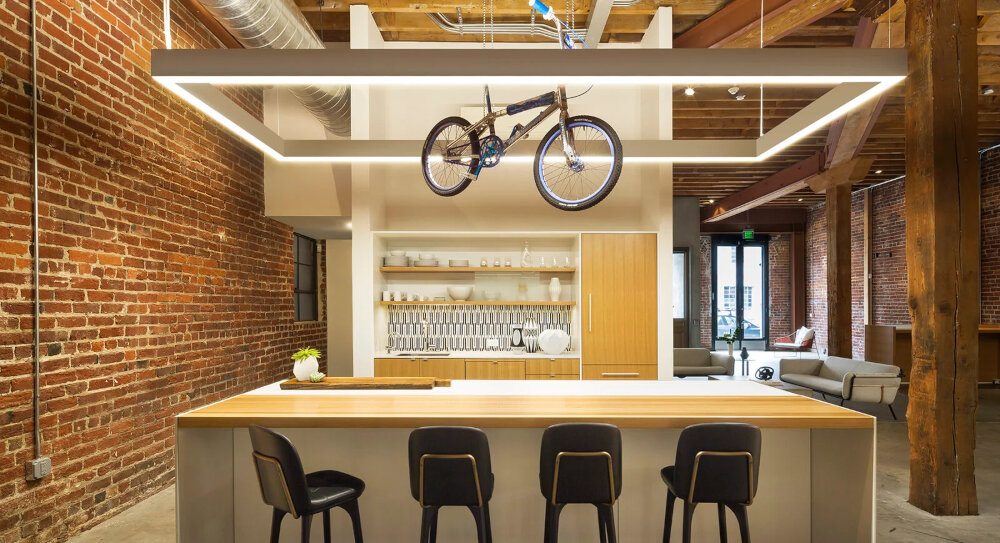
LED light strips have become increasingly popular in recent years, as they provide a low-cost and energy-efficient way to light up spaces. However, like any electronic device, LED light strips can fail over time. Understanding the common causes of LED light strip failure can help you troubleshoot any issues you may encounter. One of the most common causes of LED light strip failure is poor installation. If the strip is not installed correctly, it can lead to overheating, which can damage the LED chips. Additionally, if the strip is installed in an area that is exposed to moisture or heat, it can cause the adhesive to fail, leading to the strip falling off or becoming damaged. Another common cause of LED light strip failure is power surges or fluctuations. If the strip is not connected to a stable power source, it can cause the LED chips to burn out or stop working altogether. It’s essential to ensure that your power source is stable and can handle the wattage of your LED light strip. In conclusion, LED light strips can be a great addition to any space, but they do require proper installation and care. By understanding the common causes of LED light strip failure, you can troubleshoot any issues you may encounter and ensure that your LED light strips continue to work efficiently for years to come.
Overheating is a prevalent issue that can cause LED light strips to stop functioning correctly. This occurs when the heat produced by the LEDs is not adequately dissipated, causing the temperature to rise beyond the recommended operating range. The excess heat can damage the internal components of the LED light strip, including the diodes and the driver. Factors that can contribute to overheating include using the wrong power supply, installing the strip in an enclosed space, or using a strip with too many LEDs for the power supply. To avoid overheating, it is essential to use the correct power supply, ensure proper ventilation, and avoid overloading the LED light strip.
Power surges are sudden and intense spikes in electrical energy that can occur in an electrical system. They can be caused by lightning strikes, power outages, and even faulty wiring. These surges can cause significant damage to electrical devices, including LED light strips. The sudden surge of energy can overload and damage the delicate components of the LED lights, resulting in them no longer functioning properly. To prevent power surges from damaging your LED light strips, it is essential to use surge protectors and ensure that your electrical system is properly grounded.
Incorrect wiring is one of the most prevalent causes of LED light strip failure. It is essential to ensure that the correct wires are connected to the right terminals when installing LED light strips. If the wires are not correctly connected, they can cause an overcurrent or short circuit, which can damage the LED light strip, its power supply, or even the entire electrical system. Furthermore, if the wire connections are loose, the LED light strip may flicker, dim or fail to function altogether. Therefore, it is crucial to double-check the wiring connections before turning on the power to avoid any electrical mishaps.
Physical damage is one of the most common reasons why LED light strips stop working. These light strips are delicate and can easily break or get damaged with rough handling. Physical damage can occur in various forms, such as bending, twisting, cutting, or crushing. The internal components of the LED light strip can get damaged due to physical impacts, resulting in broken wires, loose connections, or damaged chips. Over time, physical damage can worsen and ultimately lead to the failure of the LED light strip. Therefore, it is crucial to handle these light strips with care and avoid any physical impacts that can cause damage.
Troubleshooting Tips for LED Light Strip Failure
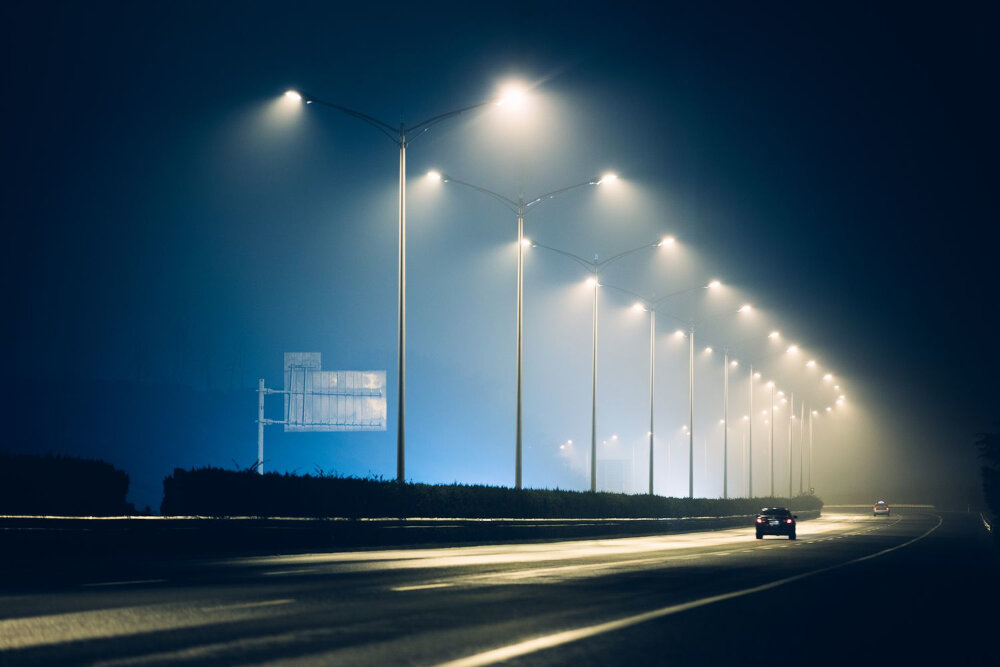
LED light strips have become increasingly popular due to their versatility and energy efficiency. However, just like any other electronic device, they are prone to failure over time. LED light strip failure can be caused by a variety of factors, ranging from simple issues like loose connections to more complex problems like power surges or overheating. Fortunately, there are some troubleshooting tips that can help you identify and resolve LED light strip failure. One of the most common causes of LED light strip failure is improper installation. If the strip is not correctly installed, it may not work at all or may only work intermittently. To ensure proper installation, make sure that the strip is firmly connected to the power source, and all the connections are secure. It is also essential to use the correct power supply for your LED light strip. Using an incorrect power supply can cause the LED lights to flicker or not work at all. Check the voltage and current ratings of the LED light strip and the power supply to ensure they are compatible. Additionally, avoid cutting the LED light strip in the wrong place, as this can also cause failure. If you need to cut the strip, make sure to do it at the designated cutting points. By following these simple installation tips, you can avoid many of the common causes of LED light strip failure. Another common cause of LED light strip failure is overheating. LED lights produce less heat than traditional lights, but if they are placed in an area with poor ventilation or are used for extended periods, they can still overheat. Overheating can cause the LED light strip to stop working, or in some cases, even burn out. To prevent overheating, make sure that the LED light strip is not placed in a sealed area, and there is adequate ventilation. You can also consider using a heat sink or fan to help dissipate the heat. Another cause of overheating can be using an incorrect power supply. If the power supply is providing too much voltage or current, it can cause the LED light strip to overheat. Make sure to use the correct power supply for your LED light strip to avoid overheating issues. By taking these simple steps, you can prevent LED light strip failure due to overheating.
When LED light strips stop working, the power source is often the first thing to check. Make sure the power source is securely plugged into an outlet, and that the outlet is working properly. It’s also important to check the voltage of the power source, as LED light strips require a specific voltage to function correctly. If the power source is not providing the correct voltage, it may need to be replaced. Additionally, check the wiring connections between the power source and the LED light strip, as loose or damaged wires can cause the lights to stop working. By ensuring that the power source is functioning properly and all connections are secure, you can troubleshoot and resolve many issues with LED light strips.
One of the most common causes why LED light strips stop working is due to wiring issues. Over time, the wiring can become frayed or disconnected, causing a break in the circuit and preventing the lights from turning on. To troubleshoot this problem, it’s important to inspect the wiring carefully. Look for any signs of damage or wear and tear, such as exposed wires or loose connections. If you find any issues, you may need to replace the faulty wiring or re-connect the loose connections. It’s also a good idea to check the power source and ensure that it’s delivering the correct voltage to the LED light strip. By taking the time to inspect the wiring, you can often identify and fix the problem quickly, getting your LED light strip back up and running in no time.
If you are experiencing issues with your LED light strips, one of the first things you should do is inspect them for physical damage. LED light strips are sensitive devices, and even a small amount of physical damage can cause them to stop working. Check the wiring, connectors, and circuit board for any signs of damage, such as cracks, breaks, or frayed wires. Also, check the power supply and ensure that it is not damaged. Physical damage can occur due to mishandling or accidental impacts, so it is important to be careful when handling LED light strips. If you do find physical damage, you may need to replace the affected part or the entire strip.
One of the initial steps in troubleshooting LED light strips is to test individual LED lights. This process involves checking each LED to see if it is functioning properly. A malfunctioning LED can cause the entire strip to stop working, so it’s essential to locate the problematic light. To do this, use a multimeter or voltage tester to test the voltage of each LED. If an LED is receiving power but not lighting up, it may be defective and need to be replaced. This process can be time-consuming, but it’s a crucial step in identifying the root cause of the problem and ensuring the LED light strip operates correctly.
How to Prevent LED Light Strip Failure
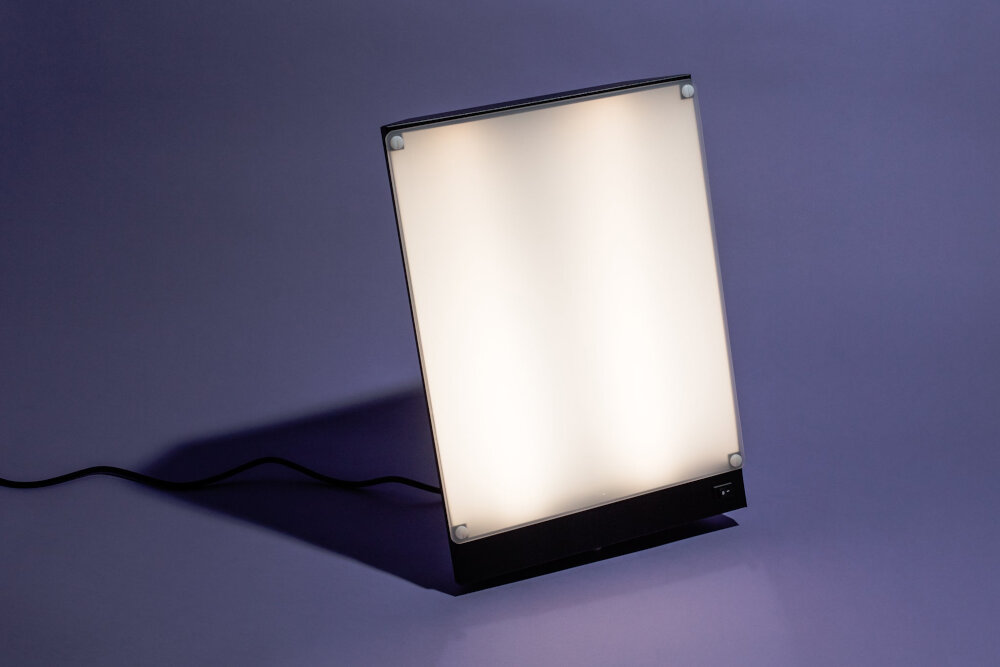
LED light strips are a popular lighting solution for various applications, including accent lighting, cabinet lighting, and outdoor lighting. However, they can sometimes fail prematurely, leaving you in the dark. Fortunately, there are several steps you can take to prevent LED light strip failure and ensure they last as long as possible. Firstly, it’s essential to choose high-quality LED light strips from a reputable brand. Cheaper, low-quality LED strips may seem like a bargain, but they are more likely to fail and require replacement. Look for strips with a high CRI (color rendering index) and a high lumen output for the best quality and brightness. Another way to prevent LED light strip failure is to avoid overloading them. LED strips have a maximum power rating, and exceeding this can cause them to overheat and fail. To determine the correct power rating, you’ll need to calculate the wattage per foot of the strip and ensure that your power supply can handle this load. Additionally, it’s important to install LED light strips correctly and avoid exposing them to moisture or heat sources. These factors can cause damage to the electronics and lead to failure. By taking these precautions, you’ll significantly reduce the risk of LED light strip failure and enjoy long-lasting, energy-efficient lighting.
Proper installation is crucial to ensure the longevity and functionality of LED light strips. When installing LED light strips, it is important to ensure that the surface is clean, dry, and free of any debris. Additionally, it is essential to use the appropriate adhesive and secure the strip in place firmly. Overheating is a common cause of LED light strip failure, so it is essential to avoid bending or twisting the strips excessively, which can cause them to overheat. Adequate ventilation is also necessary to prevent overheating. Proper installation also involves connecting the strip to the appropriate power source and ensuring that the wiring is secure and free of damage. By following these installation guidelines, individuals can prevent common causes of LED light strip failure and enjoy optimal performance and longevity.
When it comes to selecting LED light strips, it is essential to use quality materials. The quality of the materials used in the production of LED light strips can significantly impact their lifespan and overall performance. Using low-quality materials may result in LED light strips that stop working or fail to function correctly. To ensure the longevity and effectiveness of LED light strips, it is crucial to invest in high-quality materials that are made to withstand the demands of daily use. The use of quality materials can also improve the safety of LED light strips, making them less prone to hazards such as overheating or short-circuiting. By using quality materials, you can maximize the performance and lifespan of your LED light strips and avoid the common causes of failure.
As we troubleshoot why LED light strips stop working, it’s important to be mindful of the environment in which they are being used. LED light strips are sensitive to temperature, moisture, and dust, so it’s important to ensure they are being used in a suitable location. High temperatures can cause the adhesive on the back of the strip to melt, causing it to detach from the surface it’s mounted on. Moisture can cause corrosion on the metal contacts of the strip, leading to a loss of connection and malfunction. Dust can accumulate on the surface of the strip, reducing the brightness and lifespan of the LEDs. By being aware of these environmental factors, we can take steps to prevent damage to our LED light strips and extend their lifespan.
When to Replace LED Light Strips
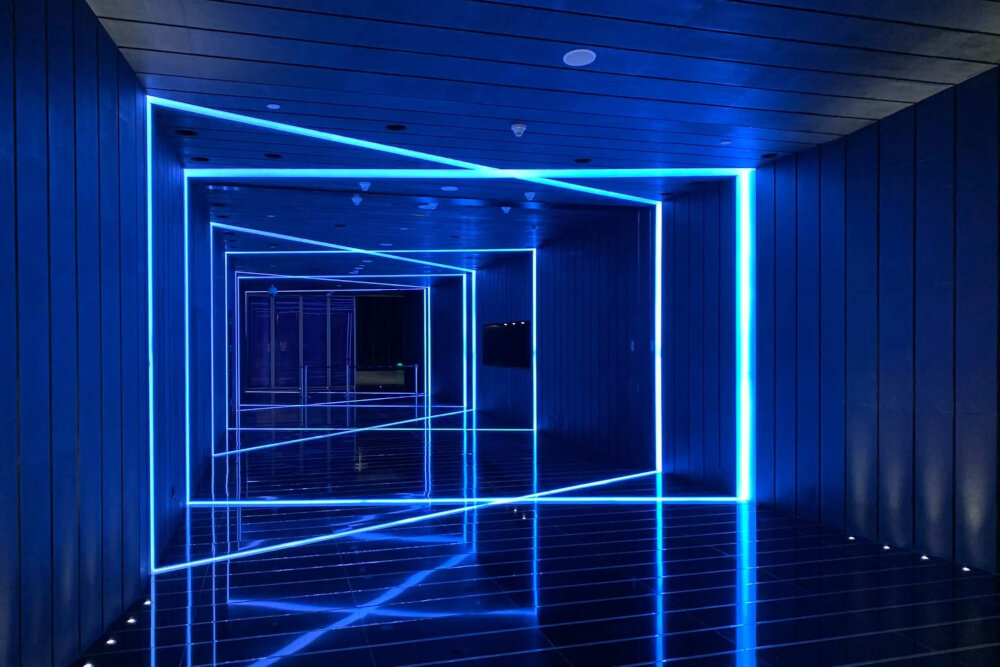
LED light strips are a great way to add ambiance and light to any space. However, like any electronic device, they can stop working after a certain amount of time. One of the most common reasons for LED light strips to stop working is a burnt-out LED bulb. This can be caused by a variety of factors, including exposure to moisture, heat, or voltage fluctuations. If you notice that a particular section of your LED light strip is not lighting up, or if the entire strip has stopped working, it’s likely that one or more bulbs have burnt out. In this case, the best course of action is to replace the entire strip. Trying to replace individual bulbs can be time-consuming and costly, and may not be as effective as replacing the entire strip. Another reason to replace LED light strips is if the adhesive backing has worn out. Over time, the adhesive backing on LED light strips can lose its stickiness, causing the strip to fall off or become loose. This can be caused by exposure to moisture, heat, or simply wear and tear. If you notice that your LED light strip is no longer sticking to the surface it’s mounted on, it’s time to replace it. You can try using additional adhesive tape or glue to reattach the strip, but this may not be as effective as replacing the entire strip. When replacing your LED light strip, be sure to choose one that is of the same size and voltage as the original strip to ensure compatibility with your existing setup.
Extensive physical damage is one of the most common causes of LED light strips failure. These strips are made of delicate components that are easily damaged if they are not handled with care. Physical damage can occur due to a variety of reasons, such as drops, impacts, or pressure. When the LED light strip is damaged, it may stop working entirely or produce dim light. The damage can also cause the strip to flicker or produce uneven lighting. To prevent extensive physical damage, it is essential to handle the LED light strip with care and avoid exposing it to extreme temperatures or moisture. Additionally, it is recommended to use high-quality LED light strips that are made of durable materials and come with a warranty.
Multiple failed LED lights can be a frustrating and common occurrence for users of LED light strips. There are several reasons why LED light strips stop working, including poor wiring connections, overheating, and power surges. Faulty wiring connections can cause a short circuit, leading to the LED lights failing to turn on or flickering sporadically. Overheating can also be a cause of failure, which may occur due to a lack of ventilation, high ambient temperatures, or the use of low-quality materials. Additionally, power surges caused by electrical storms or faulty wiring can damage the LED lights beyond repair. Troubleshooting tips such as checking for proper wiring connections, ensuring adequate ventilation, and using surge protectors can help prevent LED light strip failure and prolong their lifespan.
One of the common causes of LED light strips malfunctioning is frequent power surges. Power surges occur when there is a sudden increase in electrical voltage that exceeds the capacity of the electrical system. This can be caused by lightning strikes, faulty wiring, or the operation of high-power electrical devices. Frequent power surges can cause damage to the LED light strips’ power supply and circuitry, leading to flickering, dimming, or complete failure. To prevent power surges from damaging your LED light strips, use surge protectors or voltage regulators, and avoid overloading electrical circuits.
In the world of lighting, LED light strips have become increasingly popular due to their energy efficiency and versatility. However, despite their many benefits, these light strips can still fail over time, leaving you in the dark. Understanding the common causes of LED light strip failure, such as improper installation, voltage fluctuations, and exposure to moisture, is crucial to preventing such failures. By adopting appropriate maintenance and installation techniques, such as using the correct power supply and ensuring proper ventilation, you can prolong the lifespan of your LED light strips and avoid costly replacements.
Conclusion
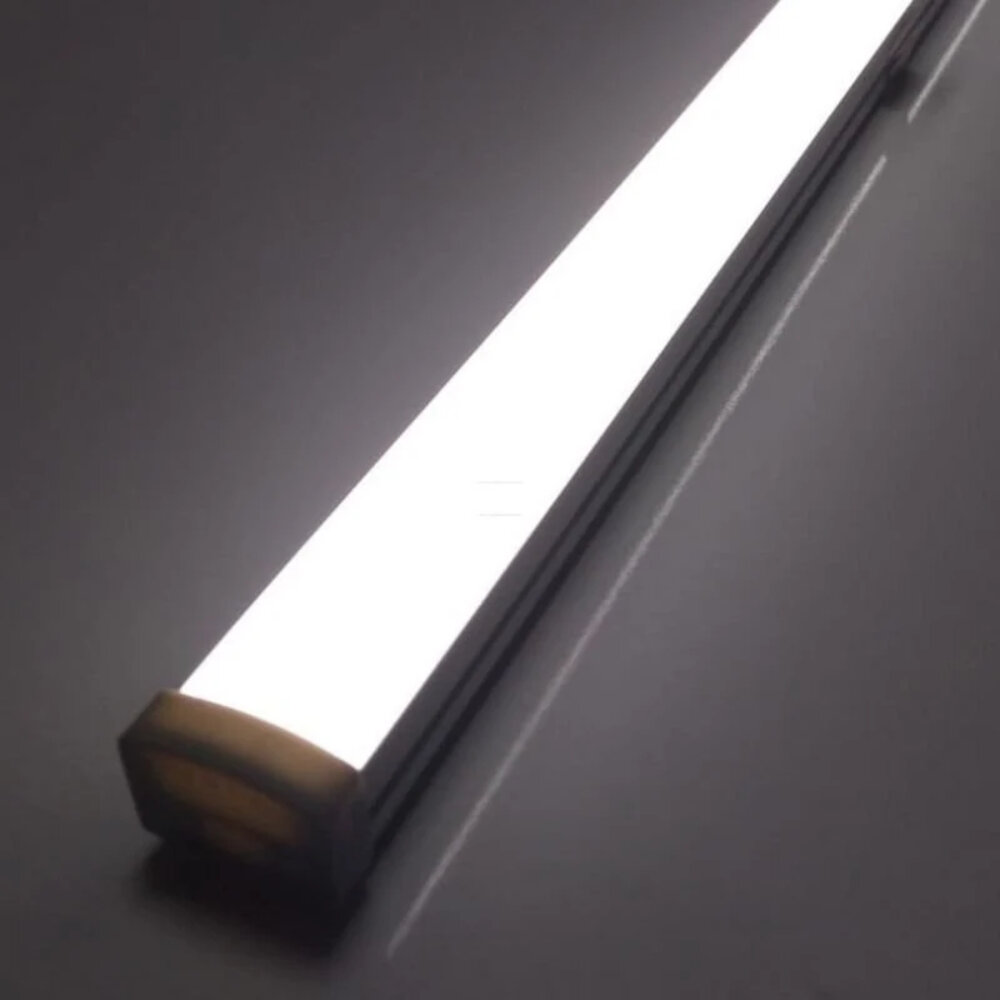
In conclusion, LED light strips are a great way to add ambiance and style to any space. However, they may stop working due to various reasons such as power supply issues, wiring problems, or faulty components. Troubleshooting tips such as checking the power source, inspecting the wiring, and replacing damaged components can help to identify and fix the problem. It’s also important to choose high-quality LED light strips and handle them with care to prevent damage. By following these tips, you can ensure that your LED light strips stay functional and enhance the beauty of your surroundings for a long time.


